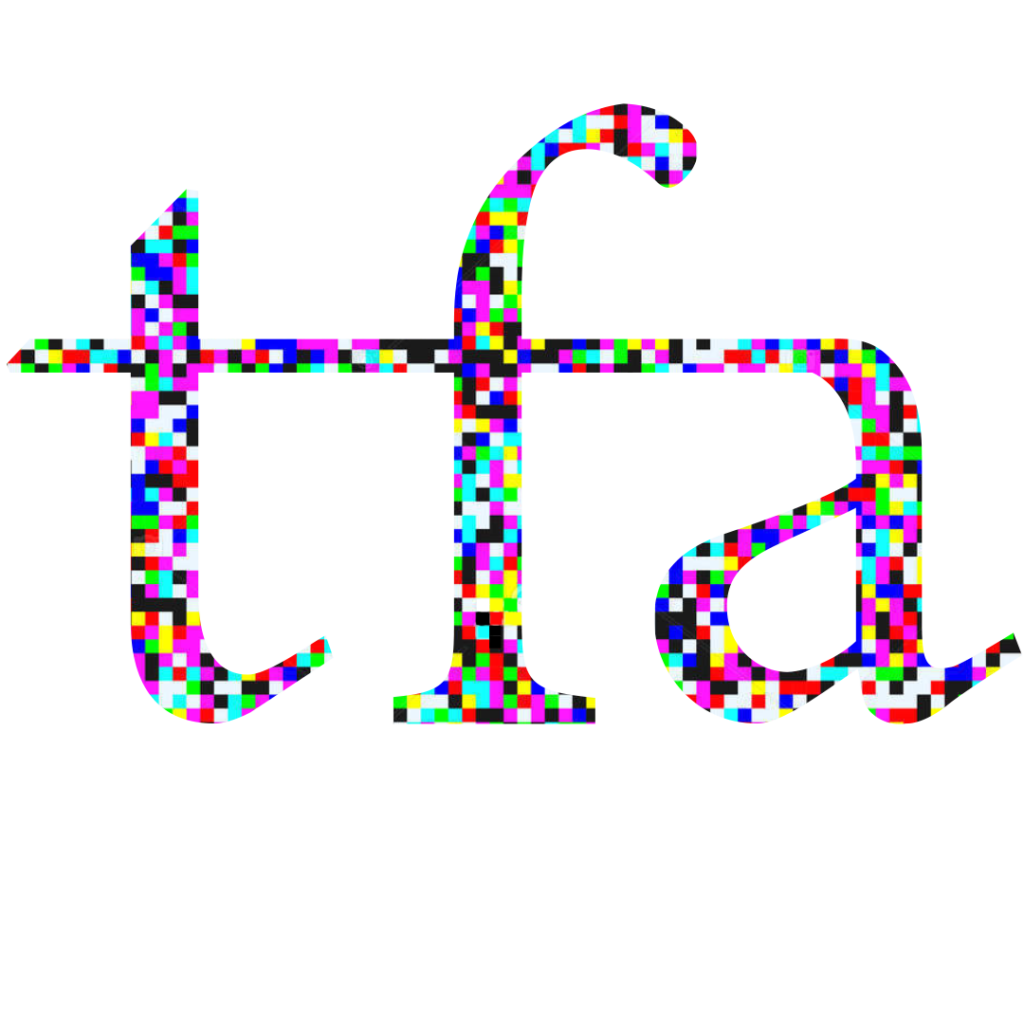TFAPALEO
Keywords: primary, gesture, Pleistocene, essence, story
WE ARE WHO WE WERE, MADE TO MOVE AND BE IN THE OPEN
The "paleoimaginary" is influencing the contemporary. Whether we are conscious of it or not, it is the echo of dynamics that have always existed. Historians call it “Prehistory,” environmentalists “Wilderness”, philosophers “Utopia”; it is a system of visions and ideas that helps us think about the contemporary. This "Pleistocene paradigm" cuts across scientific, philosophical and religious thought; it emerges in design, art and food habits; and it is summed up in an idea: we are who we were, made to move and to be in the open. Mobility, agility, manual skills, the search for the essential, primary materials, community, storytelling: the traces of this visionary presence are everywhere and they are necessary to survive at the edge of every map, to imagine something beyond the wall.

SELCE (Flint)
Category: Lemon squeezer
Designer: Alessandro Gorla and Studio Algoritmo
Production: L’Abitare Milano
Year of production: 2017
Selce has its origins in a primitive gesture, that of crushing a fruit on stone: it is in porcelain and not in plastic; it is not electric and therefore does not use power. It is an essential object that tries to contribute, even in a small way, to redesign the world, to stimulate our thinking and to find new approaches. Selce is a monomaterial one-piece lemon squeezer, produced with casting mould technique. Its squeezer function is highly effective thanks to the irregular facets present on the external surface of the object. The grip is guaranteed by the hemispherical base which provides a perfect ergonomic handle. Selce is a ‘primordial’ product that aspires to be a guide to behaviour for consumers and companies.

Primitive Knife
Category: Kitchen Knife
Designer: Michele Daneluzzo, Nyxo Studio
Production: Berkel International
Year of production: 2017
Primitive knife draws us into different aspects of the intrinsic and ancient relationship between Humanity and Design. The act of designing, of becoming conscious of context and of our own selves, is one of those qualities which makes us human. Primitive is an object created by following a logical construction of thoughts and of realizations, so that it becomes a trigger towards the recognition of the most important tool of all―our hands. It is the product of the harmonious relationship between our thinking and our skill, an interplay which from our earliest recognition of it, has caused our understanding and our intentionality to evolve. The development of tools has enabled the interface between our minds and our context to flourish; it has enabled us to develop prostheses of ourselves both on a physical and a cognitive level, acting as agents in our own evolution.

Valerio
Category: Citrus juicer - pestle
Designer: Guido Venturini
Production: Alessi
Year of production: 2016
Valerio is an original citrus juicer/pestle made of stainless steel, a multifunctional utensil that will be appreciated by people who love preparing drinks, cocktails or recipes that need fresh ingredients. The designer has imagined it as a two-sided object: on one side is a citrus juicer and on the other a pestle, either becomes the grip according to what it is being used for. It is perfect for making a very good Mojito! It is a sophisticated and amusing gift to add a happy note to your party!

Anthropocèni knives 1
Category: Mezzaluna knives with wooden handles and 3D printed elements
Designers: ZPStudio Matteo Zetti, Eva Parigi
Production: Produced by the Designers
Year of production: 2016
By the end of 2016, the passage of humanity into the new geological era of the Anthropocene had been made official: the effects of anthropization on the planet are in fact very visible. The “Anthropocéni” Project originates with the extraordinary collections of objects from the Museum of Ethnoanthropology of the University of Florence, as an investigation into artifacts belonging to primitive tribes. How can our contemporary sensitivity express the legacy of this “starting point” of design? Some of the most iconic artifacts of the Museum inspired a new collection of design articles; it was as if they had been brought back to light as techno-fossils of the future―the Anthropocèni. The two knives of the collection were inspired by cutting tools belonging to the Eastern Greenland Inuit population, of the Angmagssalik region. The Project was developed under the auspices of the Ethnoanthropology Section of the Natural History Museum of the University of Florence.

Anthropocèni knives 2
Category: Mezzaluna knives with wooden stem and 3D printed handles
Designers: ZPStudio Matteo Zetti, Eva Parigi
Production: Produced by the Designers
Year of production: 2016
By the end of 2016, the passage of humanity into the new geological era of the Anthropocene had been made official: the effects of anthropization on the planet are in fact very visible. The “Anthropocéni” Project originates with the extraordinary collections of objects from the Museum of Ethnoanthropology of the University of Florence, as an investigation into artifacts belonging to primitive tribes. How can we express, with contemporary sensitivity, the legacy of this “starting point” of design? Some of the most iconic artifacts of the Museum inspired a new collection of design articles, as if they had been brought back to light as techno-fossils of the future―the Anthropocèni. The two knives of the collection were inspired by cutting tools belonging to the Eastern Greenland Inuit population, of the Angmagssalik region. The project was developed under the auspices of the Ethnoanthropology Section of the Natural History Museum of the University of Florence.

Memory Box
Category: Container in raw earth
Designers: Artifact Studio, Gaetano Sandro Taurisani, Carlo Pazienza
Production: Produced by the Designers
Year of production: 2013
Everything comes from the earth; everything goes back to the earth. The container is an invitation to reflect upon the earth as a material and as a place to inhabit. Thus, it is an object to meditate on, to contemplate and to handle, a kind of memory-holder―an invitation to bury in order to preserve.

Earth and fire
Category: Candle holder
Designers: Artifact Studio, Gaetano Sandro Taurisani, Carlo Pazienza
Production: Produced by the Designers
Year of production: 2013
Everything comes from the earth; everything goes back to the earth. The candle holder is an invitation to reflect upon the earth as a material and as a place to inhabit. Thus, it is an object to meditate on, to contemplate and to handle, a kind of memory-holder―an invitation to bury in order to preserve.

Neolithic
Category: Pen holder
Designer: Artifact Studio, Gaetano Sandro
Taurisani, Carlo Pazienza
Production: Produced by the Designers
Year of production: 2013
Year
Everything comes from the earth; everything goes back to the earth. The pen holder is an invitation to reflect upon the earth as a material and as a place to inhabit. Thus, it is an object to meditate on, to contemplate and to handle, a kind of memory holder―an invitation to bury in order to preserve.

Sisma
Category: Dried fruit bowl / Nutcracker
Designer: Alessandro Gorla / Studio Algoritmo
Production: UP Group
Year of production: 2019
Marble as a primary material reminds us of stone, and of the primitive gesture of breaking fruits using stones.

M.A.T.T.O.N.E.
Category: Pen holder
Designer: Maurizio Castelvetro
Production: Produced by the Designer
Year of production: 1992
In the Twentieth Century, reading reality with new eyes was a creative way of living, but in the Twenty-First Century it has become a necessity in order to survive. Material culture has been replaced by a virtual one, but we are still made of matter, and even in a truly surreal world, sooner or later we will look for a bathroom. It is my pen holder; I picked it up at the seaside, on a stony beach. It represents semantic recycling: an industrial object is always an industrial object, but as brick, it has completed its life cycle and as a pen holder it has started a new one, far from its past.

TWENTY-ONE CENTURY FOSSILS
Category: Jewellery
Designers: Cavalli, De Martin, Topranin, Pauletti, Academy of Fine Arts, Verona
Production: Produced by the Designers
Year of production: 2023
These technological fossils embedded in the amber of trees are symbols of our technological age, micro-time capsules of a sort, which will tell a segment of the history of the 21st Century.








